Ever noticed how your mood seems to dip after a fast-food binge? That's not just a coincidence. The connection between what we eat and how we feel runs deeper than most of us realize, particularly when it comes to the Standard American Diet—ironically abbreviated as "SAD"—and its relationship with depression.
The evidence is alarming: depression rates skyrocketed by 50% between 1990 and 2017, with nearly 30% of Americans reporting a depression diagnosis at some point in their lives. And these statistics don't even capture the millions suffering from subclinical depression—those persistent feelings of sadness and low energy that don't quite meet diagnostic criteria but still significantly impact quality of life.
As our food landscape has shifted toward ultra-processed, nutrient-poor options, our mental health has declined in parallel. This isn't mere coincidence. Researchers have identified a powerful connection between gut bacteria and depression through what scientists call the "gut-brain axis"—a sophisticated two-way communication channel between your central nervous system and the enteric nervous system (essentially a "mini-brain" in your gut).
What you eat directly influences which gut bacteria thrive or decline. Some microbes feast on sugar, others prefer fat, while beneficial bacteria often flourish with fiber-rich foods. The modern industrialized diet, dominated by calorie-dense but nutrient-poor options, has created the perfect storm for microbial imbalance and, potentially, declining mental health.
As we explore the relationship between the SAD diet and depression, we'll uncover how the foods that have become staples in our society might be secretly sabotaging our mood—and what we can do to fight back with brain-nourishing alternatives.
Table Of Contents:
- The Not-So-Happy Meal: Understanding the SAD Diet
- The Science Behind Diet and Depression
- The Mood-Disrupting Ingredients: What's Really Causing Trouble
- Nutrient Deficiencies: The Missing Pieces
- Plant Power: Your Brain's Best Friend
- From SAD to Glad: Practical Steps for a Happier Brain
- A New Recipe for Mental Health
The Not-So-Happy Meal: Understanding the SAD Diet
Picture this: drive-thru burgers wrapped in colorful paper, microwave dinners promising convenience in plastic trays, sodas fizzing with sugar, white bread stripped of nutrients, and snack foods that leave telltale orange dust on your fingertips. This is the Standard American Diet—the SAD diet—in all its processed glory.
What defines this eating pattern that has become so commonplace in our society? At its core, it’s a pattern dominated by:
- Ultra-processed convenience foods engineered for maximum palatability
- Refined carbohydrates that send blood sugar soaring then crashing
- Added sugars lurking in surprising places, from salad dressings to pasta sauces
- Processed foods high in inflammatory compounds
- Sodium-laden packaged products designed for extended shelf life
- A striking scarcity of fruits, vegetables, whole grains, and legumes
The prevalence of this dietary pattern is staggering. Ultra-processed foods now account for nearly 60% of all calories consumed in the United States—a figure that continues to rise. What began as an American phenomenon has morphed into a global export, with traditional diets worldwide increasingly displaced by these manufactured alternatives.
As food corporations have expanded their reach and marketing influence, the SAD diet has become the default rather than the exception. Grocery store aisles overflow with boxed, bagged, and bottled products bearing lengthy ingredient lists, while fresh produce sections shrink in comparison. Fast food restaurants appear on every corner, offering meals designed to hit the bliss point of salt, sugar, and fat that keeps us coming back for more.
 The most troubling aspect? As these highly processed dietary habits have taken root in our culture, we've witnessed a parallel and equally concerning trend—steadily climbing rates of depression and other mood disorders.
The most troubling aspect? As these highly processed dietary habits have taken root in our culture, we've witnessed a parallel and equally concerning trend—steadily climbing rates of depression and other mood disorders.
The Whitehall II study, which tracked over 4,500 people for more than a decade, revealed that those in the highest quintile of ultra-processed food consumption (about 33% of their daily intake) had a 31% higher odds of experiencing recurrent depressive symptoms compared to those with lower consumption levels. This powerful correlation demands a closer look at the mechanisms connecting what's on our plates to what's happening in our brains.
The Science Behind Diet and Depression
Inflammation: The Common Denominator
One of the primary mechanisms linking the SAD diet to depression is inflammation. Inflammation is like a slow-burning fire in your body. The typical SAD diet is essentially throwing gasoline on that fire, creating chronic inflammation that eventually reaches your brain. This neuroinflammation can disrupt neurotransmitter function and neuroplasticity, contributing directly to depressive symptoms.
When researchers look at inflammatory markers in people consuming highly processed diets, they find something striking—these same markers show up in people with depression. This isn't just correlation; studies show that people eating highly inflammatory diets have a 45% higher risk of developing depression.
Your Second Brain: The Gut Microbiome Connection
Another crucial pathway involves the gut microbiome—the trillions of bacteria residing in our digestive system. In fact, research has dubbed this the "second brain" due to its profound influence on mental health.
The SAD diet, low in fiber and high in refined sugars, creates the perfect storm for microbial imbalance. It starves beneficial bacteria while feeding harmful microbes, disrupting the delicate ecosystem that produces neurotransmitters like serotonin—the "happiness molecule." Remarkably, about 90% of your serotonin is actually produced in your gut!
Research has shown that gut bacteria composition can actually predict depression risk—a finding that would have seemed like science fiction just decades ago.
The Blood Sugar Rollercoaster
The high glycemic load of the SAD diet sends your blood sugar on a wild rollercoaster ride throughout the day. These dramatic spikes and crashes don't just affect your energy—they're secretly sabotaging your mood regulation too.
When your blood sugar repeatedly zooms up and plummets down, your body responds by flooding your system with stress hormones. This internal alarm state can amplify feelings of anxiety and depression, creating a frustrating cycle: feeling low leads to reaching for comfort foods, which triggers more blood sugar chaos, which makes you feel worse. Breaking this cycle is a powerful step toward stabilizing both your energy and your mood.

The Mood-Disrupting Ingredients: What's Really Causing Trouble
So what specific components of the SAD diet are causing these harmful effects? Three categories of ingredients stand out as particularly problematic:
Free Sugars & Artificial Sweeteners: The Sweet Deception
Unlike natural sugars in fruits that come packaged with fiber and water, free sugars are stripped of these beneficial components. The average high-processed food consumer gets a whopping 20% of their calories from these added sugars!
These sweeteners wreak havoc on your gut by:
- Disrupting production of short-chain fatty acids (SCFAs) that protect your gut lining
- Promoting harmful bacterial growth while reducing beneficial microbes
- Creating intestinal inflammation that can signal your brain to feel down
Think artificial sweeteners are a smart alternative? Unfortunately not! Research shows that sucralose (Splenda) significantly alters gut bacteria composition after just 10 weeks. Even more surprising—diet soda drinkers are twice as likely to gain weight over time than non-drinkers, suggesting these sweeteners may disrupt your body's natural hunger signals via its effect on the gut.
Problematic Fats: Inflammation Triggers
The fats dominating the SAD diet—particularly long-chain saturated fatty acids from processed vegetable oils—can compromise your intestinal barrier function. This creates a concerning chain reaction:
- Altered gut microbiome composition
- Weakened intestinal lining
- Leakage of bacterial toxins into the bloodstream (metabolic endotoxemia)
- Systemic inflammation
And we already know that inflammation is strongly linked to depression. Your body's inflammatory response can directly impact neurotransmitter production and brain function.
Artificial Additives: The Hidden Disruptors
Those mysterious ingredients with unpronounceable names aren't just fillers—they're actively changing your gut environment:
- Sodium sulfite and polysorbate 80 strongly inhibit growth of beneficial gut bacteria
- Carrageenan (a common thickener) can damage your intestinal barrier
- Preservatives can alter the delicate balance of your microbiome
These additive-induced changes don't stay in your gut—they communicate with your brain through the gut-brain axis, potentially influencing your mood and mental wellbeing.

Nutrient Deficiencies: The Missing Pieces
The SAD diet isn't just problematic for what it contains—it's equally troubling for what it lacks. The SAD diet is notoriously deficient in several nutrients crucial for optimal brain function and mood regulation:
Omega-3 Fatty Acids: Brain Cell Builders
Your brain is nearly 60% fat, and it's surprisingly picky about its building materials! Omega-3 fatty acids, found abundantly in flaxseeds, chia seeds, hemp seeds, walnuts, and algae, serve as premium construction components for brain cell membranes while helping reduce inflammation.
The SAD diet typically shortchanges your brain of these essential nutrients, depriving the brain of these essential nutrients and leaving it without the optimal ingredients it needs for proper mood regulation. Research shows that ensuring adequate omega-3 intake supports emotional wellbeing and may help protect against depression.
B Vitamins: The Mood Regulators
B vitamins—especially folate, B6, and B12—act as your brain's hardworking production team, orchestrating neurotransmitter synthesis and vital methylation processes. Think of them as the backstage crew ensuring your brain's "feel-good" chemistry runs smoothly! Shortages of these crucial vitamins have been consistently linked to increased depression risk.
Unfortunately, the highly processed nature of the SAD diet often strips away these water-soluble vitamins during manufacturing. This creates a curious nutritional paradox: despite consuming plenty of calories, many individuals are walking around with functional B vitamin deficiencies—well-fed but undernourished where it matters most for mental wellbeing.
Magnesium & Zinc: The Calming Minerals
Magnesium has been called "nature's relaxant" for good reason—it helps regulate stress response and supports healthy neuronal function. Zinc plays crucial roles in neurotransmitter systems and neuroplasticity.
Both minerals are abundant in plant foods like nuts, seeds, whole grains, and dark leafy greens—all notably absent from the SAD diet. Some researchers estimate that about half of Americans don't get enough magnesium, potentially contributing to anxiety and depression.
Antioxidants and Phytonutrients
The vibrant colors in fruits and vegetables aren't just pretty—they're powerful. Each color represents different phytonutrients that protect your brain from oxidative stress and inflammation, and promote neuronal health.
The SAD diet, with its beige palette of processed foods, deprives your brain of these protective compounds.
Plant Power: Your Brain's Best Friend
But, there is good news! Simply reducing the problematic ingredients and replacing them with whole foods that contain brain-loving nutrients can begin to restore healthy gut function—and potentially improve your mood—faster than you might expect.
Imagine a plate bursting with colorful vegetables, hearty whole grains, protein-packed legumes, and a drizzle of olive oil. This plant-based pattern of eating has been associated with a 33% lower depression risk.
The magic isn't in any single food but in the symphony of nutrients working together to reduce inflammation, support gut health, and provide the building blocks your brain needs.
From SAD to Glad: Practical Steps for a Happier Brain
Ready to revolutionize your relationship with food and mood? Here's how to start:
- Embrace plant diversity – Challenge yourself to eat 30 different plant foods each week. Each type of fruit, vegetable, grain, legume, nut, and seed harbors unique beneficial compounds.
- Crowd out, don't cut out – Instead of focusing on what to eliminate, concentrate on adding brain-boosting foods that naturally crowd out less healthy options.
- Befriend healthy fats – Sprinkle flaxseeds on your oatmeal, add sliced avocado to your sandwich, or snack on walnuts to feed your brain the fats it craves.
- Eat the rainbow daily – Make it a game to include at least five different colored fruits and vegetables each day.
- Ferment for mental health – Incorporate fermented foods like sauerkraut, kimchi, or plant-based yogurts to support your gut microbiome.
- Choose whole over refined – Swap white bread for whole grain, white rice for brown, and processed snacks for whole food alternatives.
- Stay hydrated – Even mild dehydration can affect your mood and cognitive function.
A New Recipe for Mental Health
The evidence linking the Standard American Diet to depression continues to mount—but this knowledge empowers rather than discourages. It means we have meaningful agency in our mental health through daily food choices.
By shifting from processed foods to plant-powered plates, we're not just changing what we eat; we're potentially transforming how we feel. Those vibrant vegetables, hearty whole grains, and nutrient-dense legumes aren't just visually appealing—they deliver compounds that calm inflammation, nurture beneficial gut bacteria, and provide the raw materials for mood-regulating neurotransmitters—all critical factors in depression prevention and treatment.
The journey from the SAD diet to a brain-healthy eating pattern isn't always easy in our current food environment, but even small, consistent changes can yield significant benefits for mental health. This isn't about perfect eating or following rigid rules. It's about nourishing your brain with the ingredients it thrives on.
The next time you're feeling low, remember that one of the most powerful antidepressants might not be found in a pill bottle, but in the produce section of your grocery store. That's a prescription worth filling.



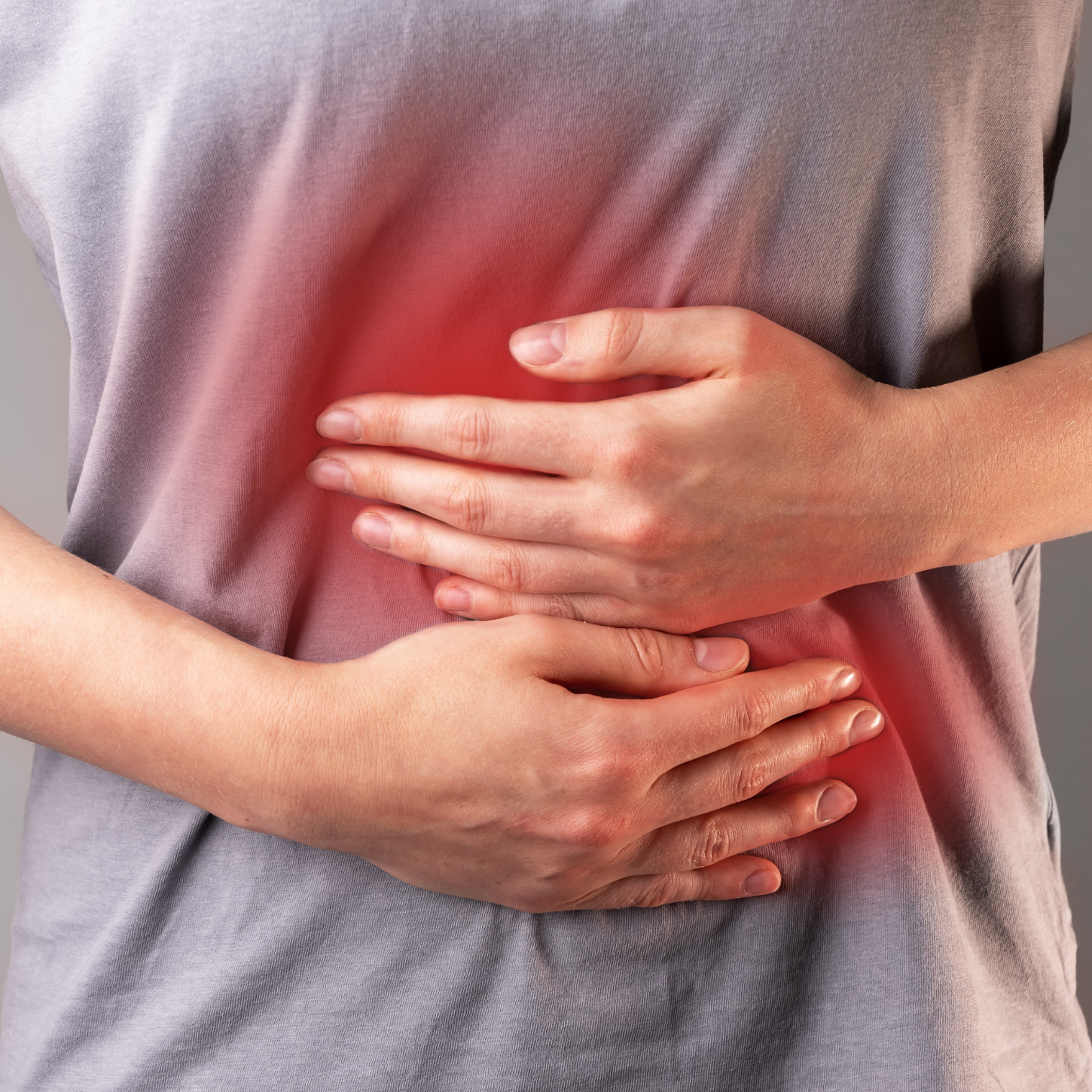



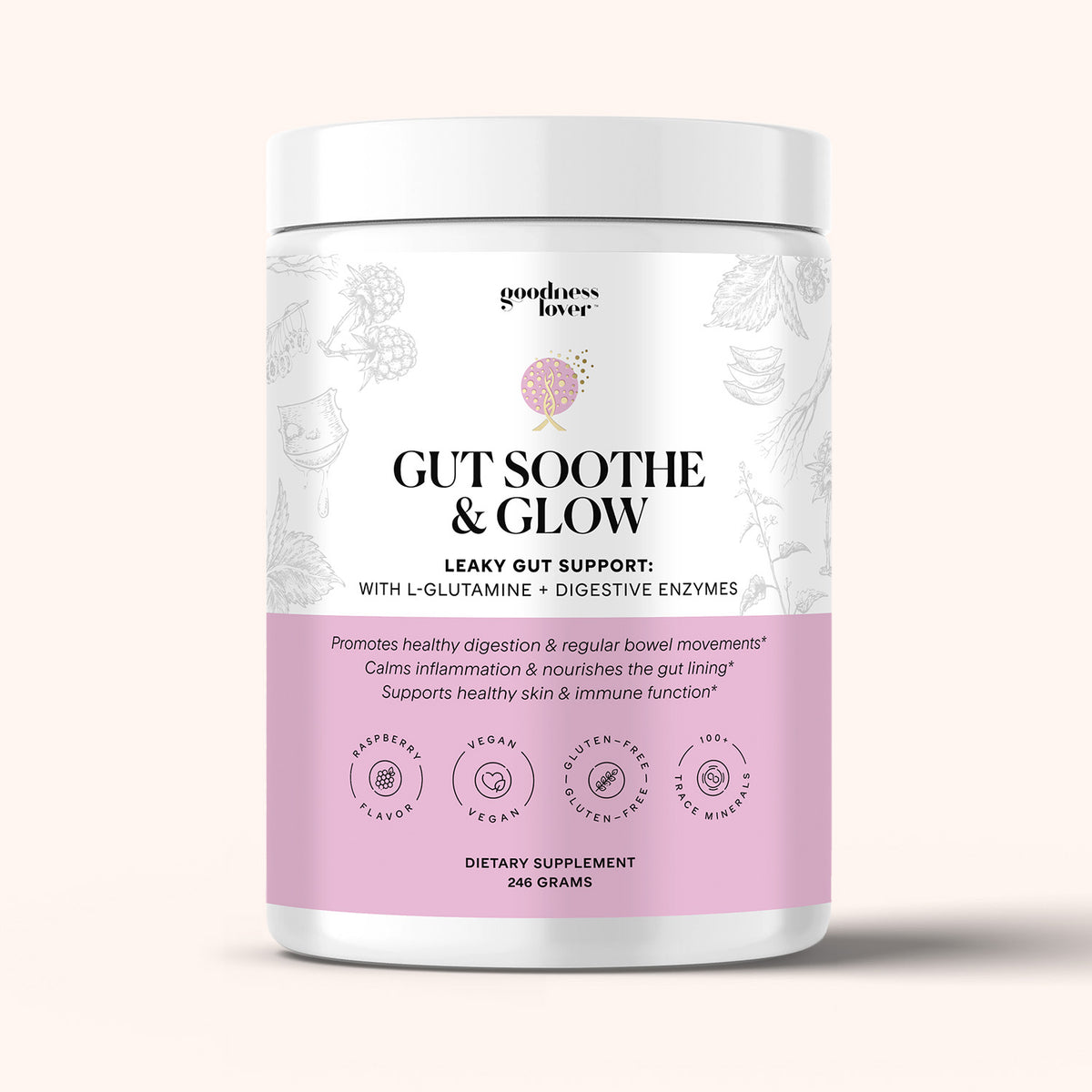

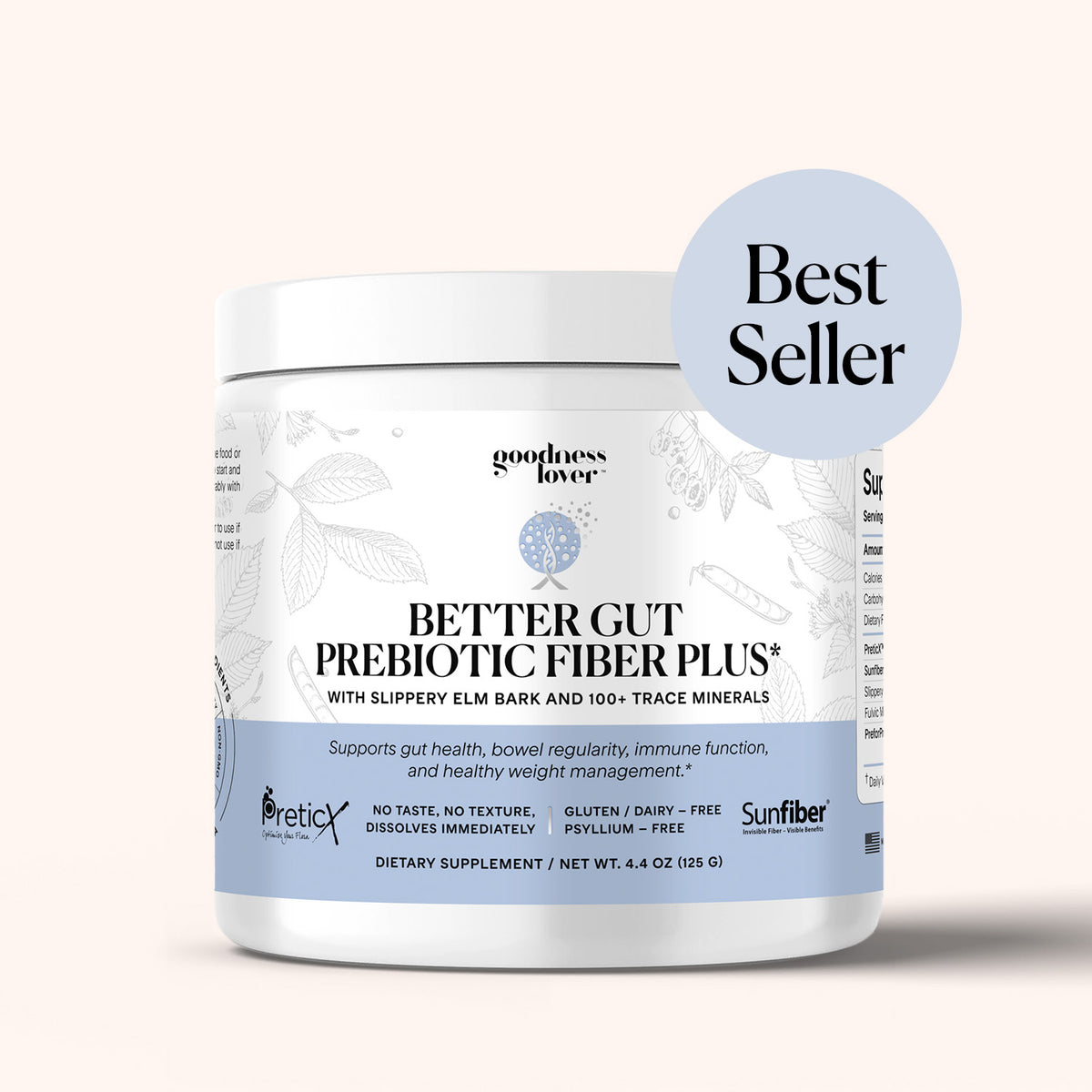
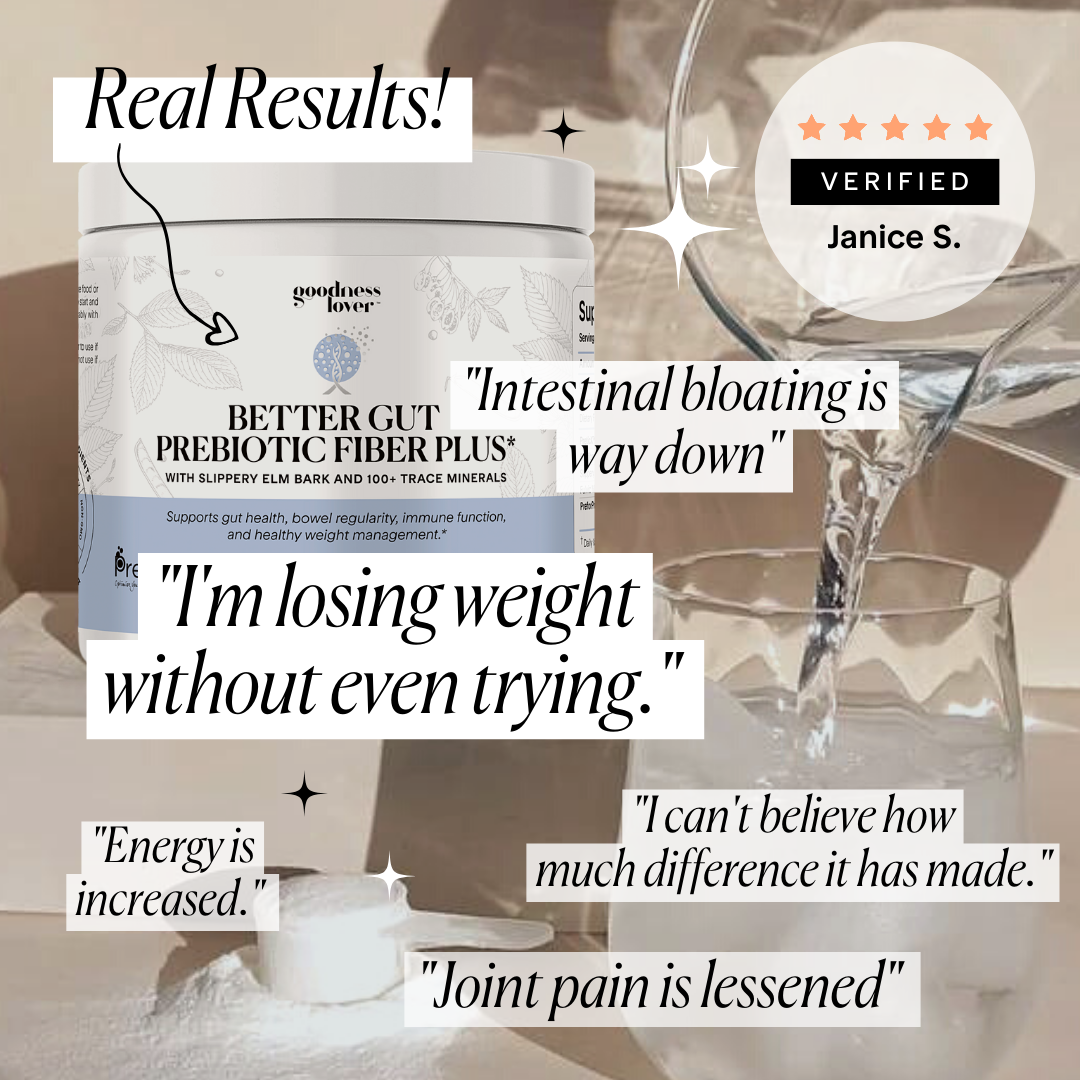
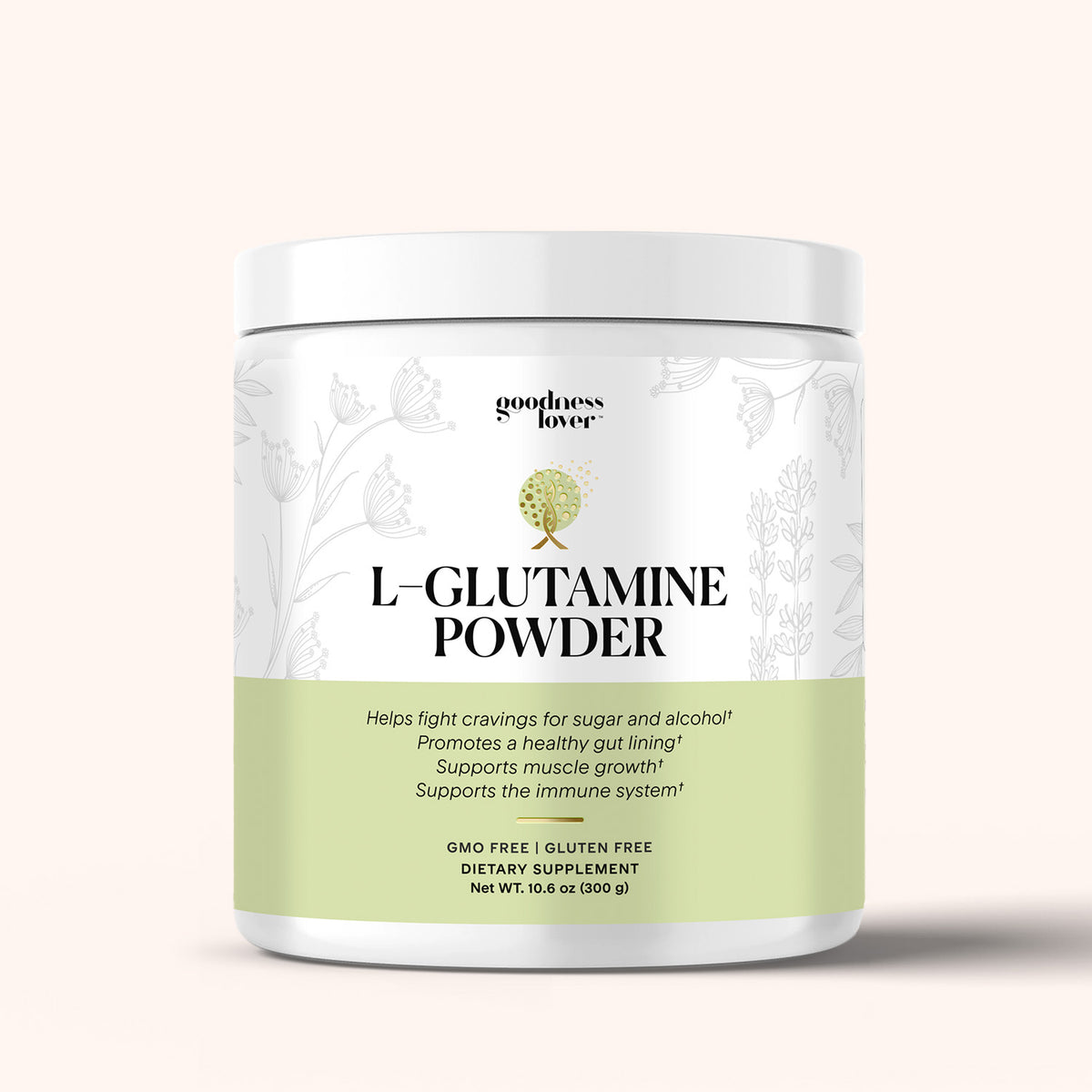
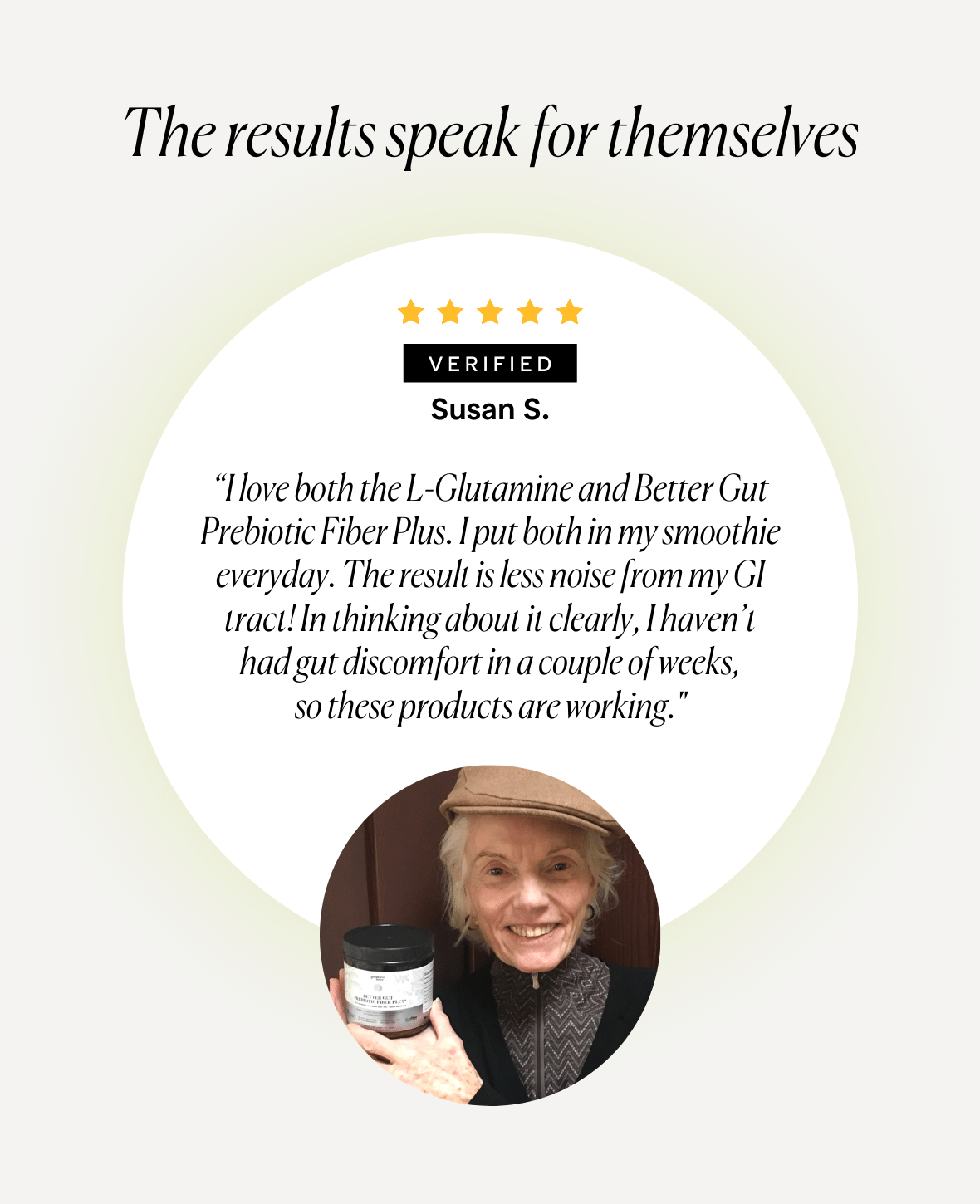
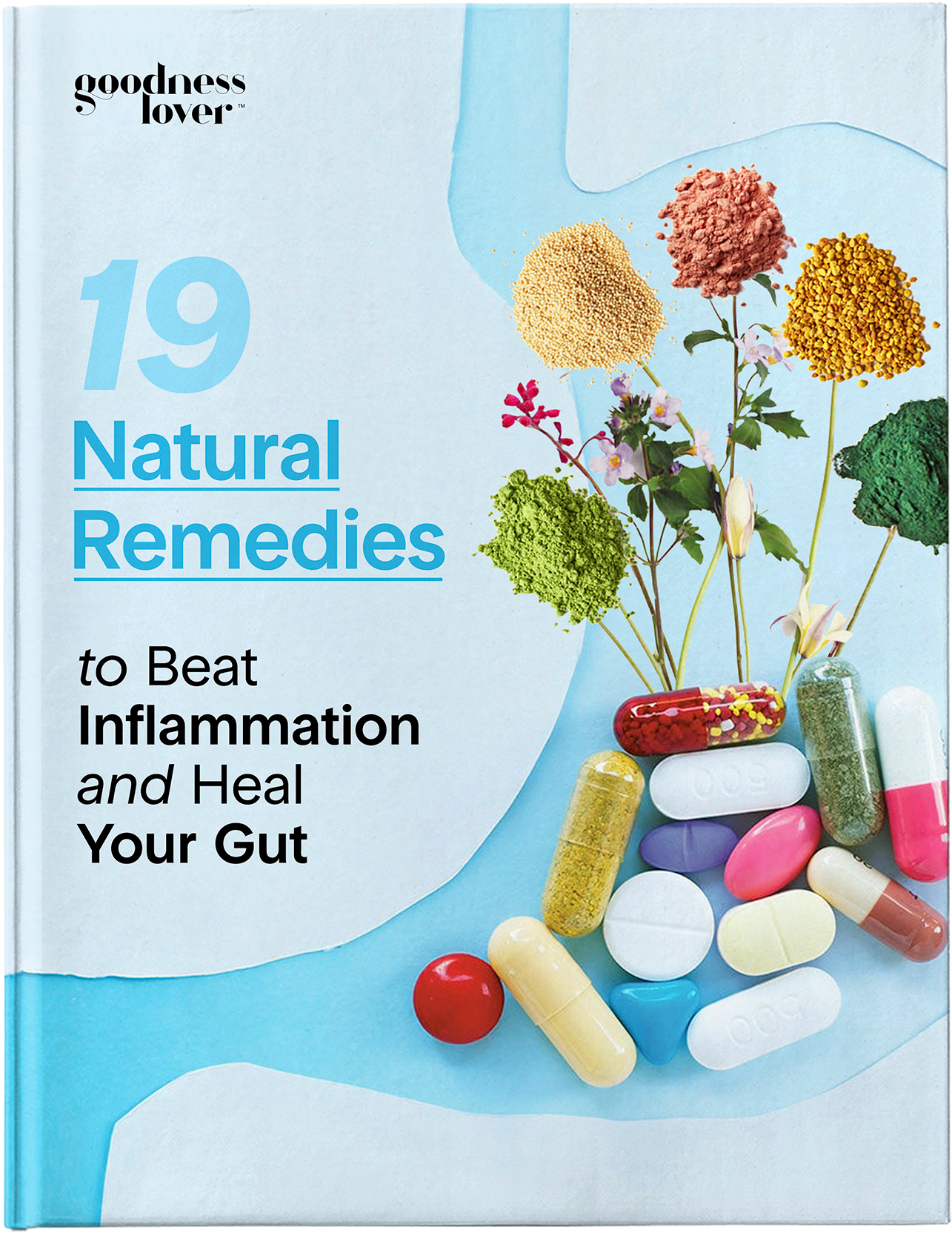
What Do You Think? Comment Below: